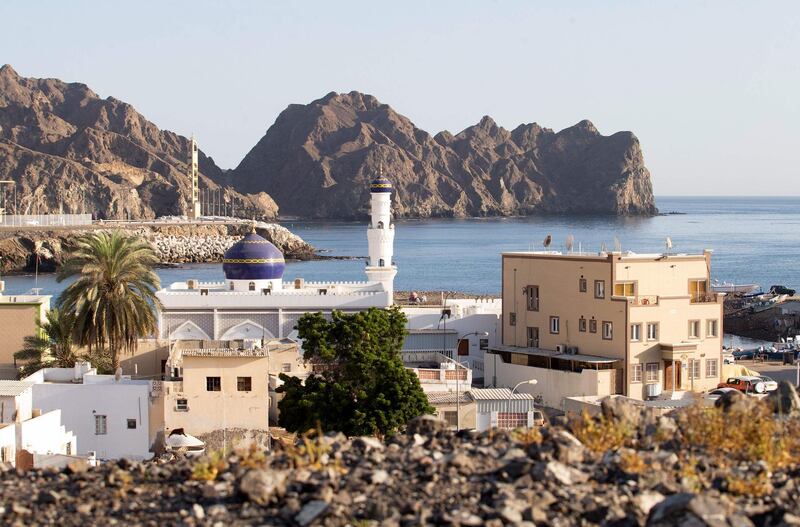Oman recorded a budget surplus of 656 million Omani rials ($1.7 billion) in the first six months of 2023 on the back of higher oil revenue, according to the Ministry of Finance.
That compares with a surplus of 784 million rials recorded by the sultanate in the corresponding period last year.
Net oil revenue grew to 3.2 billion rials in the first half of 2023, up 2 per cent from the same period in 2022, the ministry said in its Fiscal Performance Bulletin.
Average oil prices amounted to $83 per barrel while average oil production reached 1,061,000 barrels per day, it said.
The Gulf country's public revenue for the six months stood at 6.3 billion rials, a decline of 6 per cent annually, while public spending for the period dropped 4 per cent on an annual basis to 5.6 billion rials, the ministry said.
“By the end of H1 2023, the Ministry of Finance did not withdraw from reserves as planned, as a result of generating additional revenue,” it said.
Oman expects a budget deficit of 1.3 billion Omani rials in 2023, or 3 per cent of its gross domestic product. The revenue and spending estimates for the year are based on an oil price assumption of $55 per barrel.
Oman's economy is on a strong footing as it presses forward with its economic diversification initiatives, buttressed by favourable oil prices and fiscal reforms at a time when inflation remains contained, the International Monetary Fund said in June.
Real GDP grew by 4.3 per cent in 2022, primarily driven by a strong expansion of the hydrocarbon sector, it said.
Economic growth is projected to slow to 1.3 per cent in 2023 and then rebound to 2.7 per cent in 2024, amid oil production cuts by Opec+ and moderate growth in the non-hydrocarbon sector.
Fitch Ratings expects the sultanate’s economy to expand 1.1 per cent in 2023, slowing from 4.3 per cent in 2022 on lower oil production. It estimates non-oil sector growth of 2.3 per cent, driven by the recovery of the construction industry.
By the end of the first half of 2023, the Ministry of Finance said it repaid more than 1.5 billion rials against public debt, reducing the total public debt to 16.3 billion rials, it said.
“Oman’s general budgets registered deficits as a result of the oil price collapse since 2014, forcing Oman to finance these deficits by borrowing from local and external institutions,” the ministry said.
Oman’s public debt increased to 29.1 per cent of GDP in 2016 from 4.9 per cent of GDP in 2014 and peaked at 67.9 per cent of GDP in 2020.
“Despite oil prices remaining low and the impact of the Covid-19 pandemic on the economy, Oman has succeeded in reducing public debt to 40 per cent in 2022,” it said.














